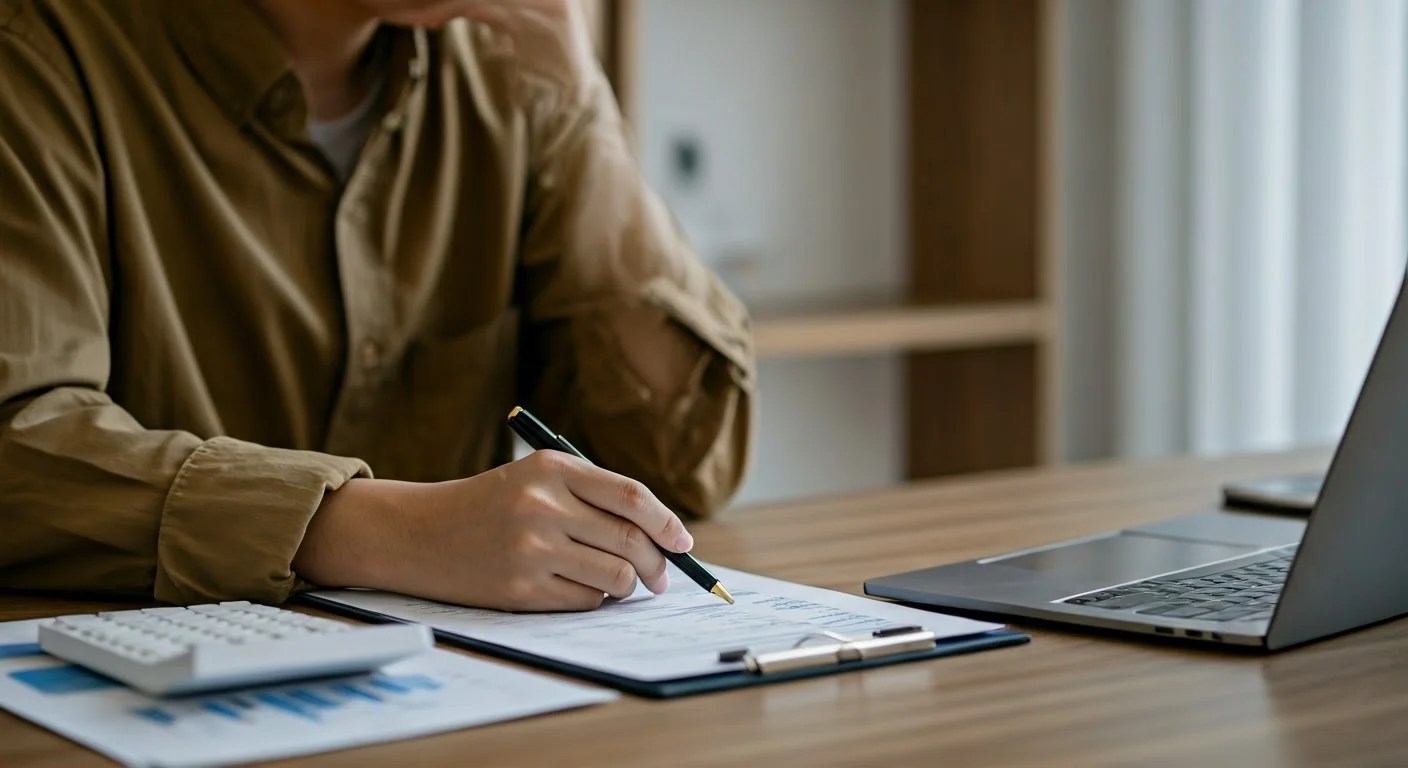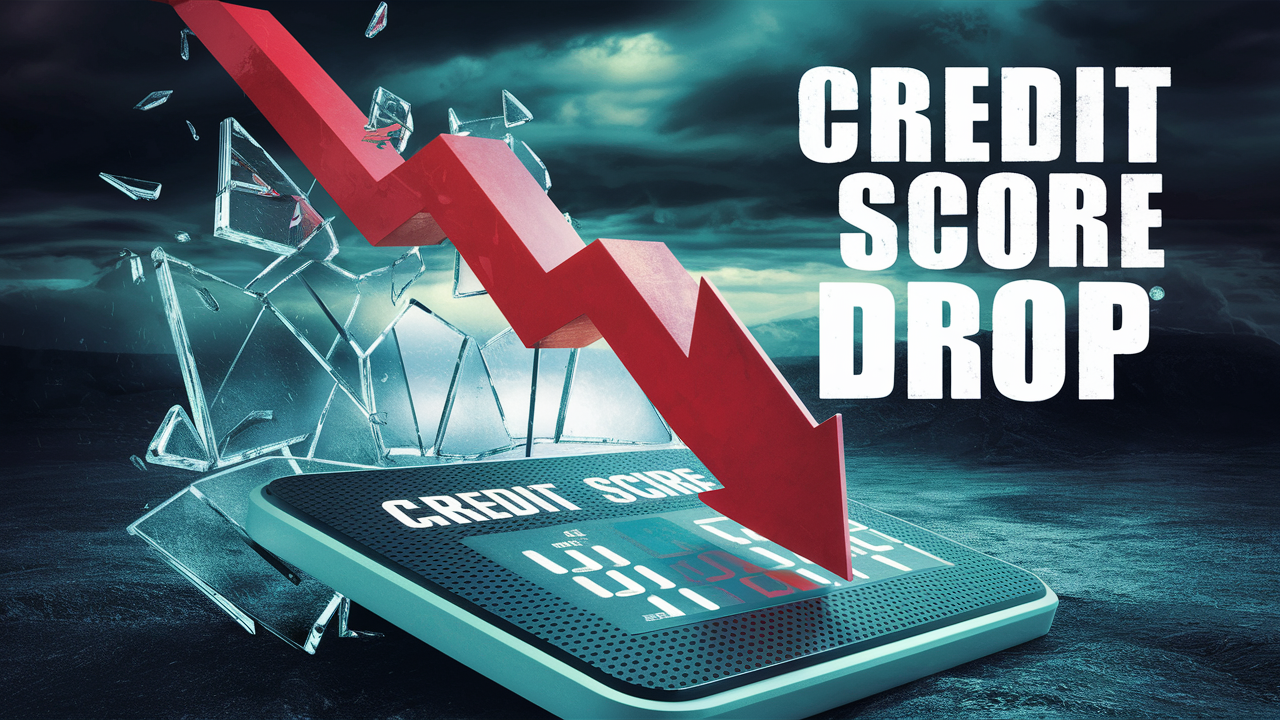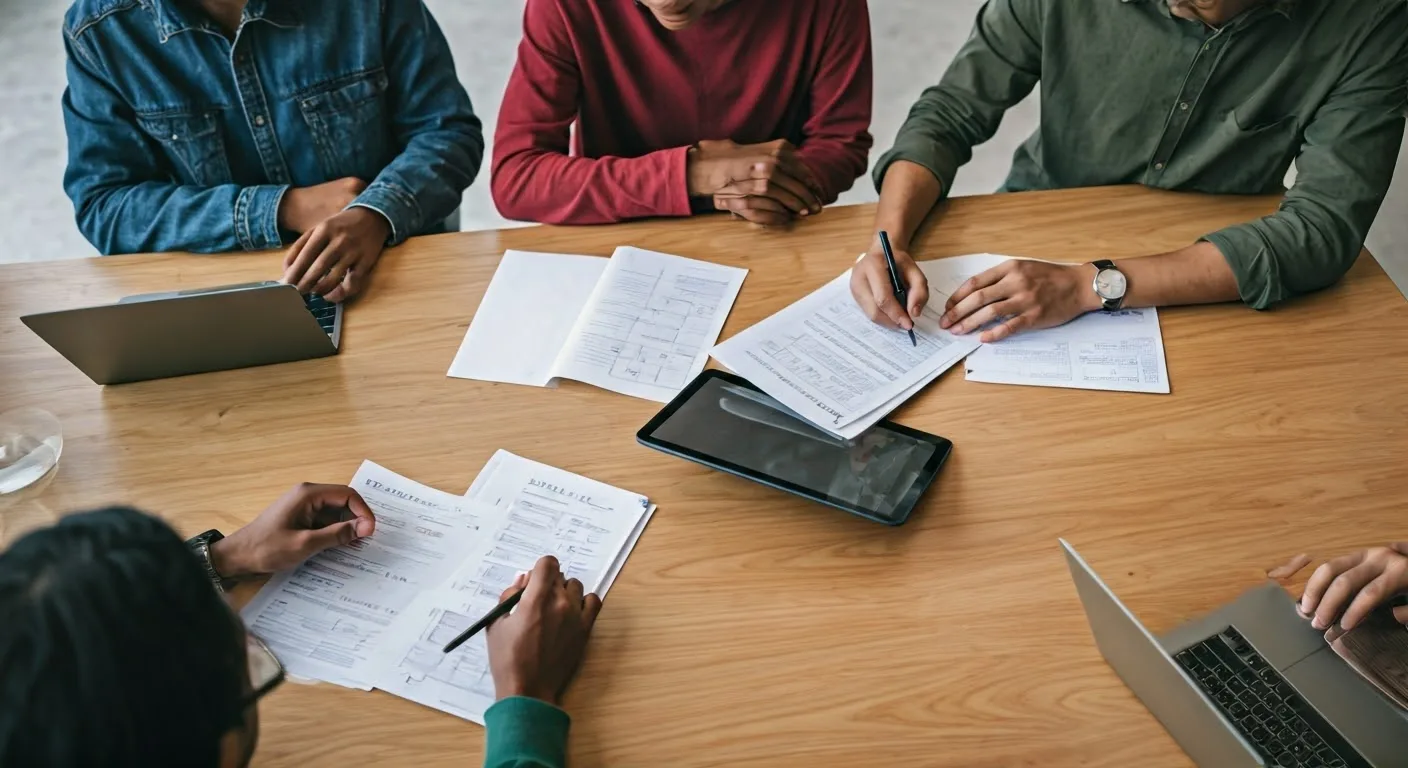Chip Card Skimming and Scanning: Protecting Your Finances

In today's online world, credit card skimming is still a big threat to your money safety. Skimming is when thieves use a tiny device to take your personal and credit card information when you use your card at a store. It's important to know how card skimming works and how these criminals work so you can protect yourself. This knowledge will help keep your financial health safe.
Understanding the Basics of Chip Card Skimming
Credit card skimming is when someone illegally takes credit card or debit card information using a small device called a credit card skimmer. This skimmer gets attached to a real card reader. It captures card data from a card's magnetic stripe or, sometimes, its chip without the owner's knowledge.
These skimmers usually aim for the magnetic stripe data found on the back of credit cards. Criminals put these devices in places like ATMs and gas stations, as well as retail stores. However, they can be found on any card reader. This means we must stay alert in every situation. The stolen card information can be used to make unauthorized purchases or to create fake cards.
The Evolution from Magnetic Stripes to Chip Cards
Before chip technology, people mainly used magnetic stripe cards. The data on magnetic stripes is easy to get with skimming devices. This makes it easy for fraud to happen with credit cards. To fix this, EMV chips came along. Unlike magnetic stripes, EMV chips create a unique transaction code for each purchase. This makes it hard for criminals to use stolen card information to make fake transactions.
Chip cards have helped lower credit card fraud a lot. But they still have some risks. One new issue is called 'shimming.' Shimming is when hackers put a tiny device, called a 'shim,' into the chip card reader that targets the card’s chip. This shim grabs the data that goes between the chip and the reader and sends it to the criminals, potentially leading to identity theft.
Common Techniques Scammers Use to Skim Your Chip Card
Chip cards are safer, but some criminals have found ways to target them. Here are some common techniques for card skimming:
-
Shimming: This means putting a thin device called a “shim” inside the chip card reader. It is hard to see.
-
Card Trapping: Here, criminals mess with the card reader to keep the card stuck in the machine.
-
Pinhole Cameras: Criminals might use small pinhole cameras near the keypad to film the PIN when you type it in.
Identifying and Avoiding Skimming Devices
Protecting yourself from card skimming requires you to be alert. If you can spot possible skimming devices, you can lower your chances of becoming a victim. Knowing the usual signs of a fake card reader helps you keep your card information safe.
If something seems wrong with a card reader, trust your instincts and don't use it. You should choose another ATM, use a different gas pump, or pay inside if you can.
Visual Indicators of a Tampered Card Reader
Identifying a tampered card reader is often the first step in staying safe from skimming scams. Here are some signs to watch for:
-
Misalignment: Look to see if the card reader seems crooked or sticks out more than normal.
-
Loose Parts: Gently shake the card reader. If it feels loose or not attached well, it could be a problem.
-
Unusual Appearance: Compare the card reader to nearby ones. If it looks different, it might have been tampered with.
How to Check for Skimmers at ATMs and Gas Stations
Here's how to stay safe when using your card at ATMs and gas stations:
-
ATMs: Pick ATMs that are inside banks or in bright areas with camera coverage. Stay away from ATMs that seem damaged or have strange attachments.
-
Gas Pumps: Select pumps that are close to the cashier's view. Also, look for any signs of tampering.
More tips for gas stations:
-
Use the gas pump nearest to the attendant.
-
Check if there is security tape on the pump.
The Role of Digital Wallets and Contactless Payments in Enhancing Security
In today's world, where credit card shimming is common, credit card companies promote contactless card payments and digital wallets, which provide a safer option than regular credit cards. Contactless payments use near-field communication (NFC) technology to share protected payment details. This reduces the chance of someone stealing your card information.
Digital wallets, also called mobile wallets, add another level of security using tokenization. This means that when you pay with a digital wallet, your real card number is turned into a special, randomly created token. This token is not useful to thieves.
Comparing the Security Features of Traditional and Digital Payment Methods
| Feature | Traditional Payment Method | Digital Wallet/Contactless Payment |
| Card Information Transmission | Card present, physically swiped, or inserted | Information transmitted wirelessly, often tokenized |
| PIN Security | PIN entered on a physical keypad, susceptible to cameras | PIN entered on a personal device or biometric authentication is used |
| Susceptibility to Skimming | High | Low |
Using a digital wallet like Google Pay or Apple Pay for contactless payments significantly reduces the risk of your information being compromised.
Steps to Set Up and Use a Mobile Wallet Safely
Setting up and using a mobile wallet is easy. You can do it in just a few steps:
-
Choose Your Mobile Wallet: Some popular options are Apple Pay, Google Pay, and Samsung Pay.
-
Add Your Card Information: Safely store your credit card or debit card details in the app.
-
Use Your Mobile Wallet: When you check out, just hold your device near the payment terminal. Then, confirm your purchase with your PIN, fingerprint, or facial recognition.
Immediate Actions to Take If Your Card Is Compromised
Finding unauthorized purchases on your bank statements can be very upsetting. If you think someone has taken your credit card information, you need to act quickly to reduce any harm. Here’s what you should do right away:
-
Contact Your Card Issuer: First, tell your card issuer or bank about the problem. They will probably cancel your card and give you a new one with a different number.
-
Review Your Recent Transactions: Look closely at your recent transactions to check for any suspicious or unauthorized charges. Tell your bank about any incorrect charges as soon as possible.
Reporting a Skimmed Card: Whom to Contact and What to Expect
If your card has been skimmed, you should report it to the right people right away. Here are the main contacts:
-
Card Issuer: Your card issuer should be the first person you call. They will help you stop any more unauthorized use.
-
Local Law Enforcement: You should report the skimming to your local police department.
-
Federal Trade Commission (FTC): You can file a complaint with the FTC online or by calling them.
Monitoring Your Financial Accounts After Suspected Skimming
After someone has skimmed your card, you need to stay alert. Keep an eye on your financial accounts. Check for any suspicious activity or transactions that you did not approve and tell your financial institution right away. It's also smart to look at your credit report for any errors.
Conclusion
Protecting your money from chip card skimming is very important today. By learning about how card security has changed and common skimming methods, you can take steps to keep your financial information safe. Always be careful when using ATMs and gas stations. You might also want to use digital wallets for better security. If you think your card might be compromised, report it quickly and keep a close eye on your accounts. Stay updated and be safe to avoid falling for financial fraud. A proactive approach is key to fighting cyber threats.



